Since Russia launched its military campaign in Ukraine, Moscow has shared common goals with Iran. But despite their similarities, their partnership may be more fragile than it appears.
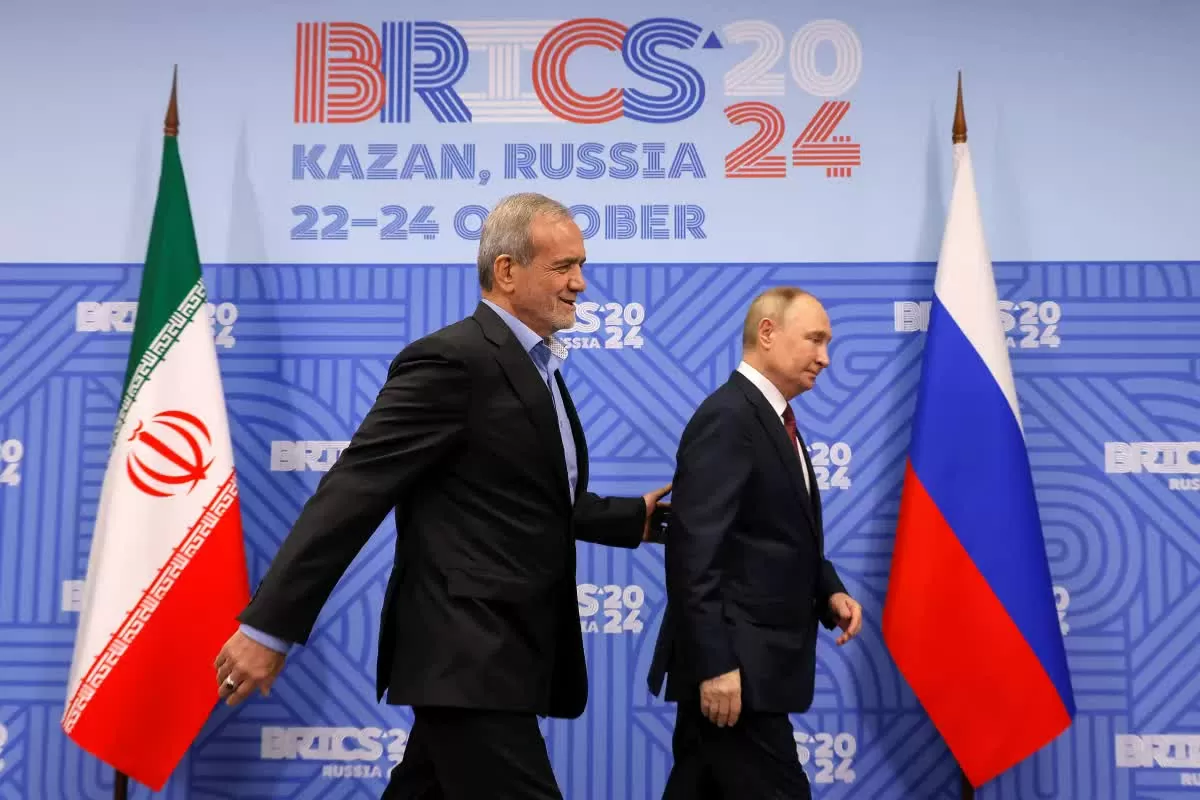 |
| The close Russia-Iran alliance is actually very fragile. In this photo: Iranian President Masoud Pezeshkian meets Russian President Vladimir Putin, at the BRICS Kazan Summit, October 2024. (Source: Reuters) |
“The enemy of my enemy is my friend”
For observers of both countries, the Russia-Iran partnership is no surprise. They are both among the West’s bitterest foes. Both are under the weight of the harshest sanctions and need to find partners wherever they can find them.
In the latest move, both in response to Western sanctions, Russia and Iran are now "joining hands" to completely eliminate the use of the US dollar in trade transactions, switching to using local currencies, the Ruble and Rial.
Last month, Moscow and Tehran formally linked their national payment systems, allowing people from both countries to use domestic debit cards in both Russia and Iran. Tehran has also started using Russia’s Mir payment system for transactions with other countries. The interbank transfer mechanism allows them to transact directly, avoiding Western sanctions that prevent them from using euros or dollars.
Over the past few years, Moscow and Tehran have increasingly strengthened their trade and financial ties. The Kremlin recently announced that bilateral trade between Russia and Iran increased by 12.4% in the first eight months of 2024 compared to last year. In 2023, bilateral trade reached more than $4 billion.
In 2023, Tehran signed a free trade agreement with the Russia-led Eurasian Economic Union and accepted Russia's membership in the BRICS group of leading emerging economies - an alliance initiated by Brazil, Russia, India and China. In January 2024, Iran officially joined the bloc, along with Egypt, Ethiopia and the UAE.
Since the outbreak of the Russia-Ukraine conflict, Moscow and Tehran have announced a series of new business deals, exchanging items such as turbines, medical supplies and auto parts. Russia has boosted grain exports to Iran. Russia and Iran are also increasing trade with BRICS countries.
In addition, Russia and Iran are also discussing plans to build the North-South International Transport Corridor - a new transcontinental trade route to connect the Baltic Sea with the Indian Ocean.
The 3,508-mile route, which includes a system of waterways, rail and roads, stretching from Saint Petersburg to the Caspian Sea, from there to Tehran and then to Mumbai, India, is intended to protect trade links between Russia and Iran from Western interference, as well as establish new links with markets in Asia.
Even on October 31, speaking on national television, Russian Foreign Minister Sergei Lavrov "revealed" an "unprecedented step forward" in the relationship between the two countries - the Treaty on Comprehensive Strategic Partnership between Russia and Iran is being prepared and will be signed in the near future. Although not much information has been revealed, this will become an important factor in strengthening Russia-Iran relations, affirming the desire of both sides to increasingly cooperate more closely in various fields.
Mohammed Soliman, director of the Middle East Institute's Strategic Technology and Cybersecurity Program, said an agreement could strengthen their common confrontation with the West; it could include cooperation in many different areas, from oil and gas production, refining, infrastructure projects, to sharing advances in many different areas, aiming to limit dependence on Western technology; or developing, buying more advanced weapons, including the ability to conduct joint military exercises...
Get closer?
Iran and Russia may draw closer in the coming years, but greater cooperation is by no means guaranteed.
Despite all that is happening, the Iran-Russia alliance still has inherent contradictions and lacks mutual trust, while competing interests can weaken the alliance's strength at any time.
Behind this close partnership, analysts say, Iran and Russia share common rivals, but they also have a long history of conflict that has never completely disappeared. Economically, they are both oil powers but compete in the same market. Politically, they are "fighting" over who will be the main power in the Caucasus and Central Asia.
Thus, apart from their common goal of undermining Western hegemony, they do not share any international agenda. Even when it comes to relations with Washington, they have strategic differences.
Iran and Russia don’t just have different geopolitical interests. Even with talk of a trade partnership, both countries are ultimately driven by their own interests in their hydrocarbon industries. For example, tough rounds of Western sanctions have both limited their ability to sell oil to the world, forcing Russia and Iran to share oil in a limited number of markets.
Competition and conflicts of interest are therefore inevitable and may soon become even more intense, as the largest of their important markets, China, is experiencing an economic downturn, which could weaken Beijing's energy needs.
Analyzing the current situation, international analysts believe that Washington is lumping Iran and Russia together, considering them as a kind of "sustainable axis" that threatens US interests. But given the many differences between the two countries, the West should instead of lumping them together, but should patiently find ways to push them apart. For example, an energy policy that reduces oil prices could also make it difficult for the economies of the two countries, which depend on energy prices, to stand on the same stage.
Indeed, Russia and Iran are not natural partners, but over time their cooperation will grow closer. The benefits of working together will not only help them feel less isolated on the international stage, but may help them overcome their differences to build a lasting partnership.
Source: https://baoquocte.vn/cap-dong-minh-gai-goc-nga-iran-thuc-ra-rat-mong-manh-295366.html



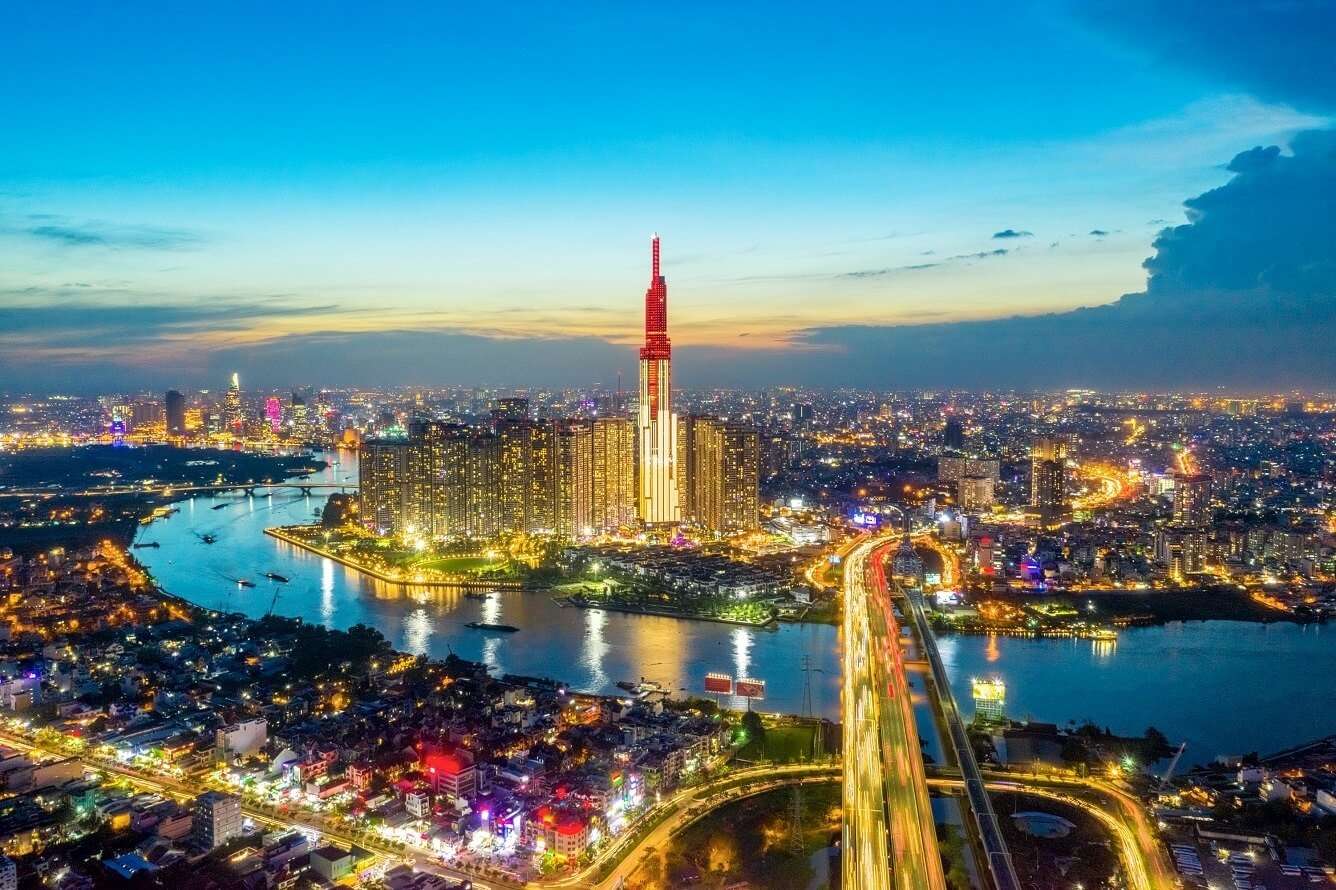


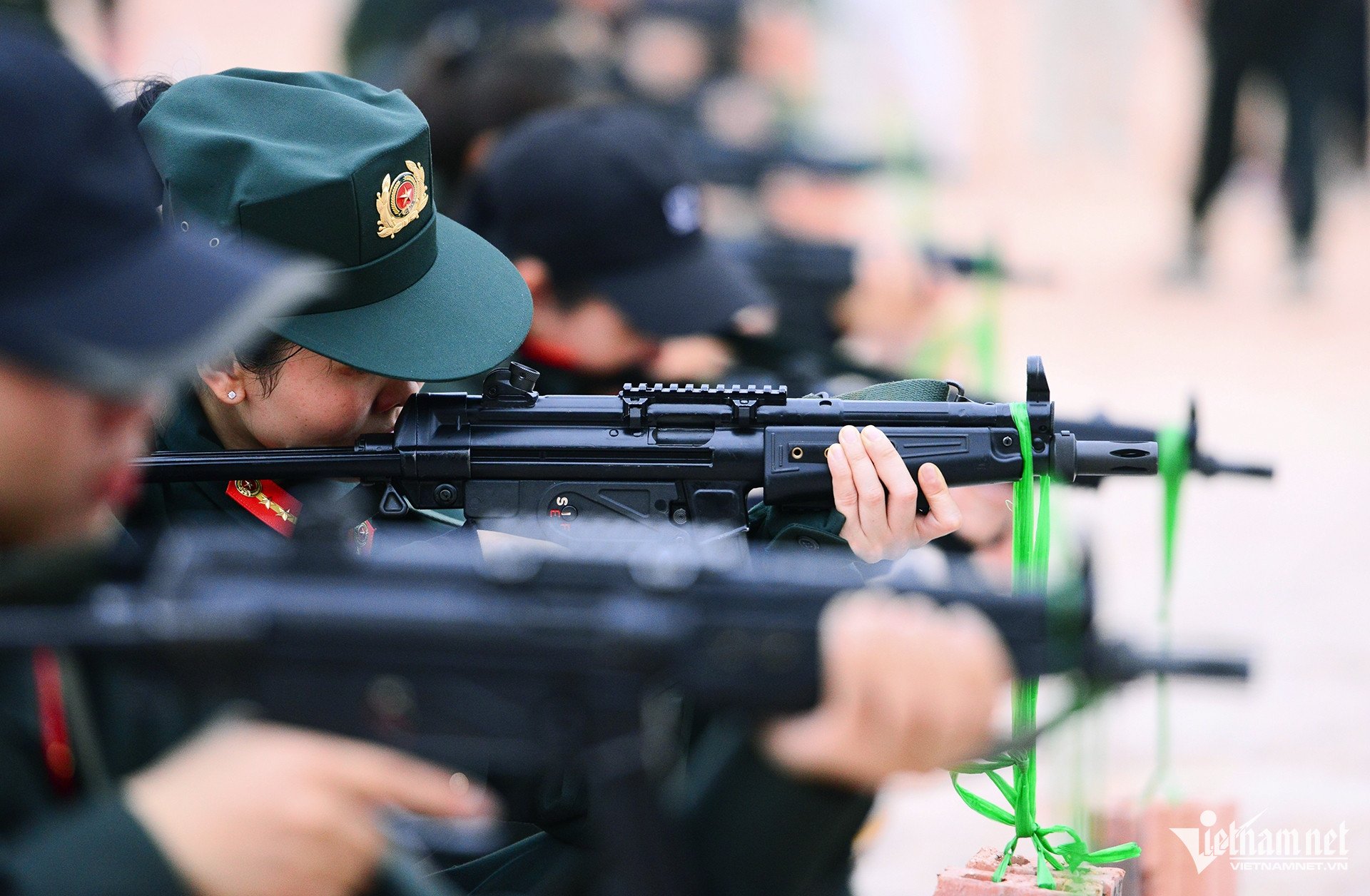

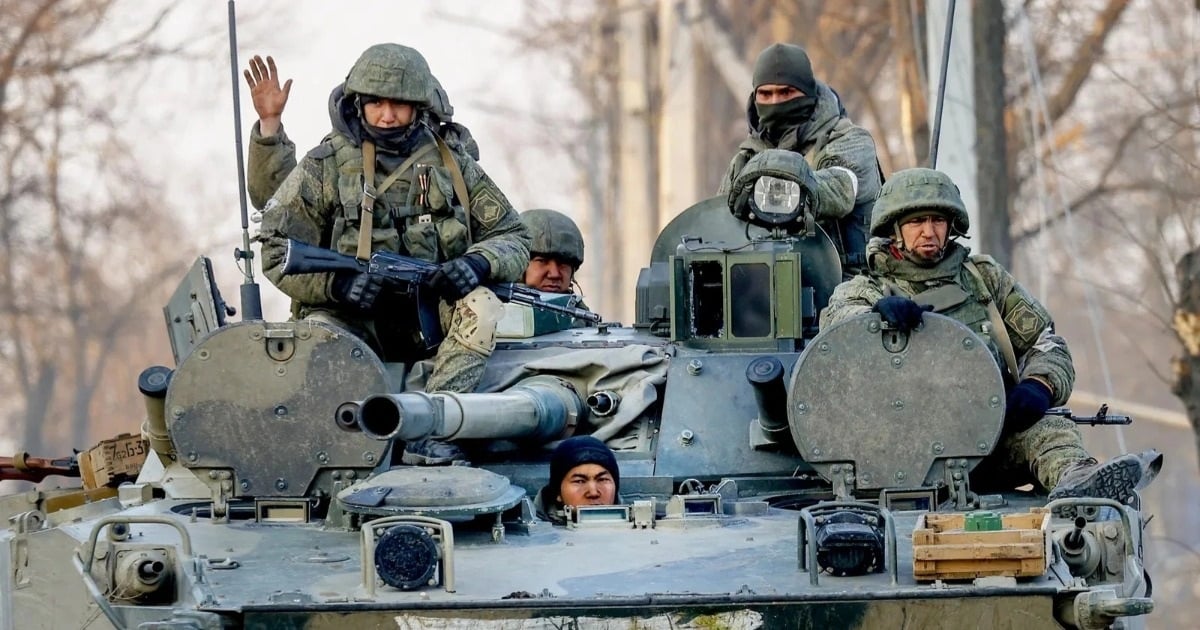

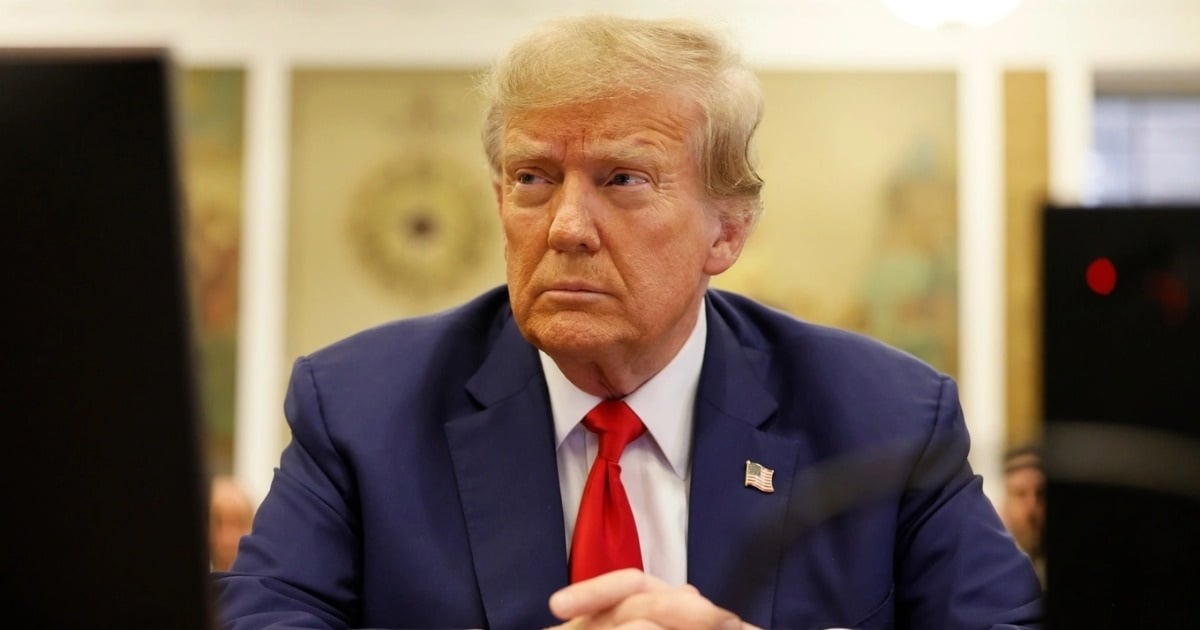
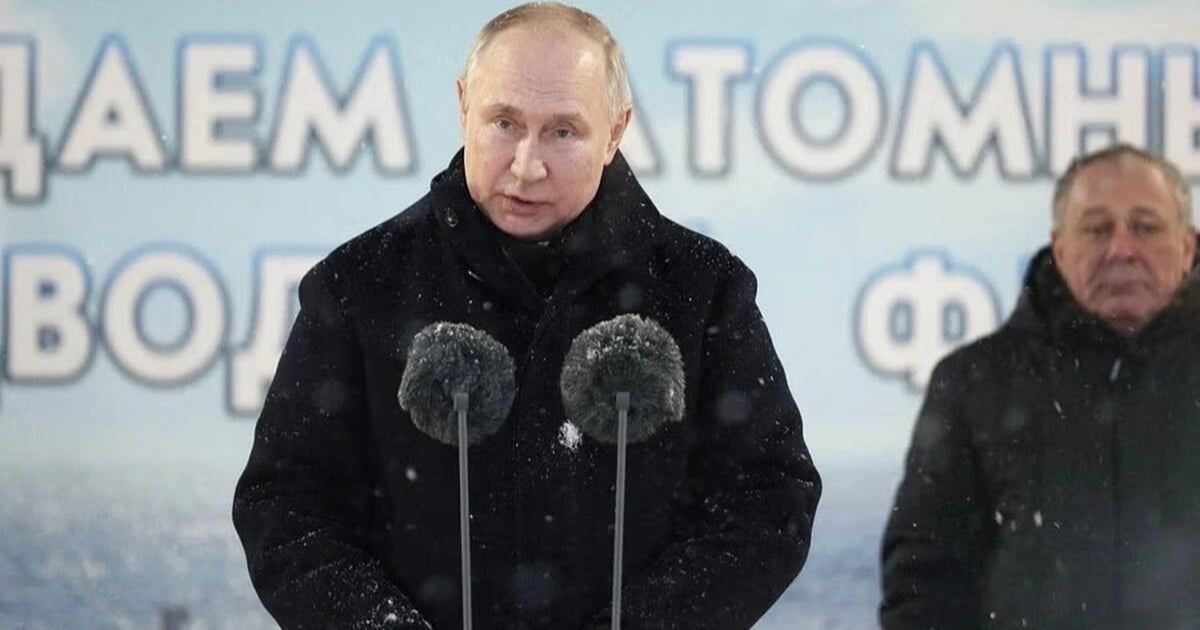
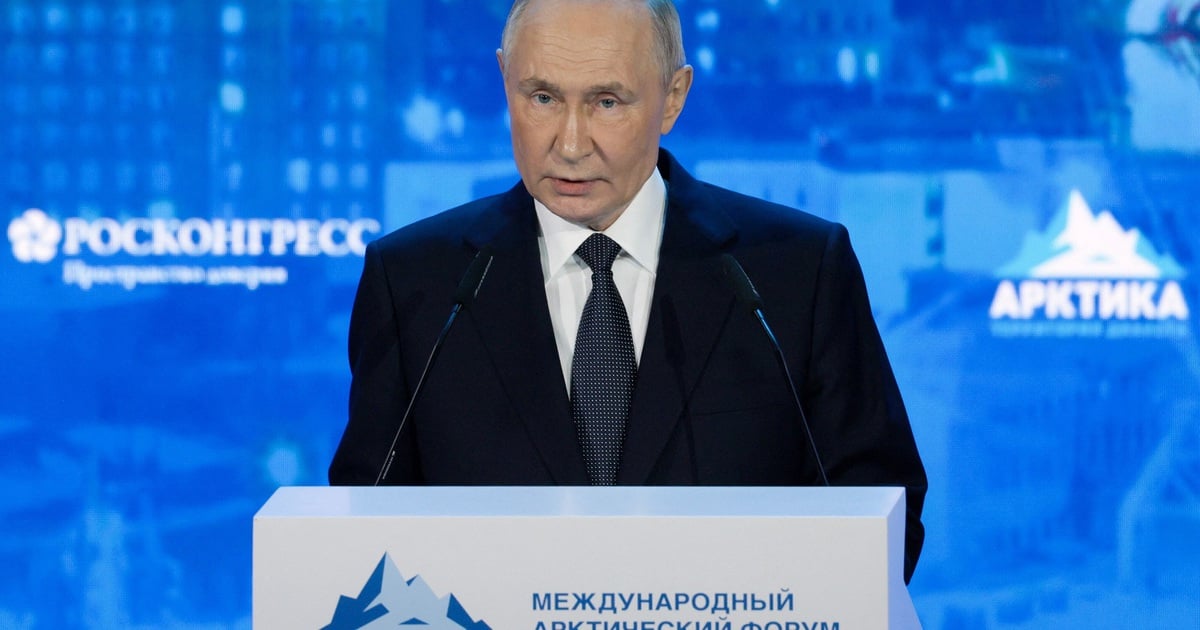

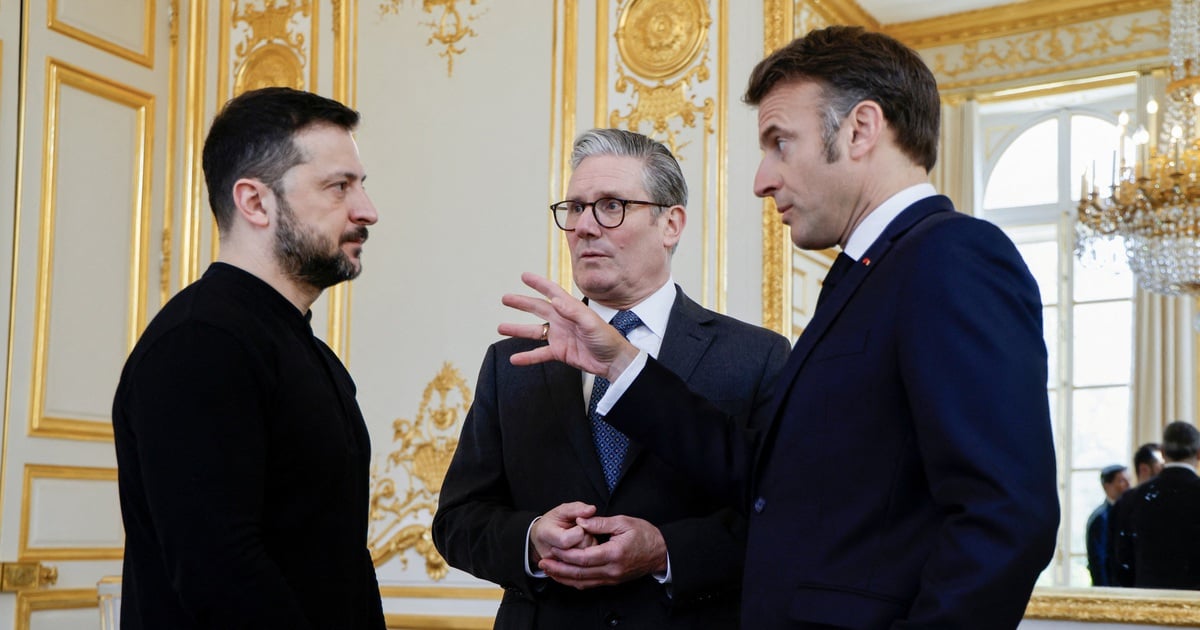
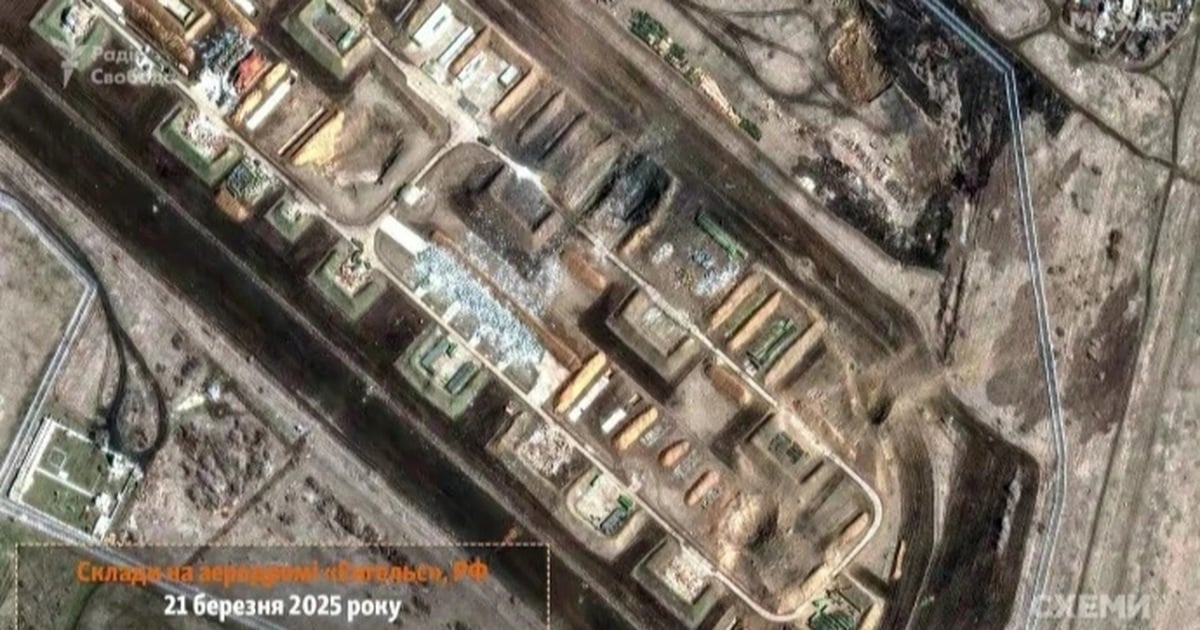
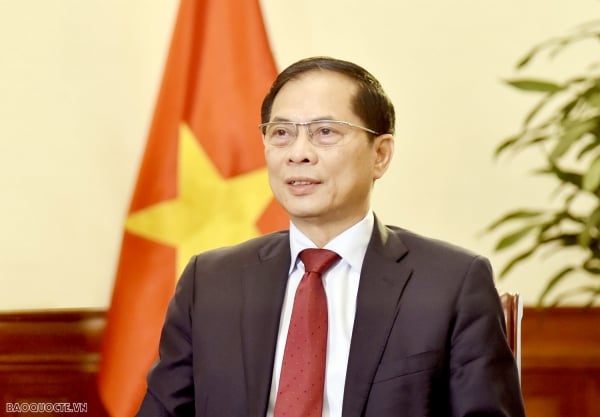
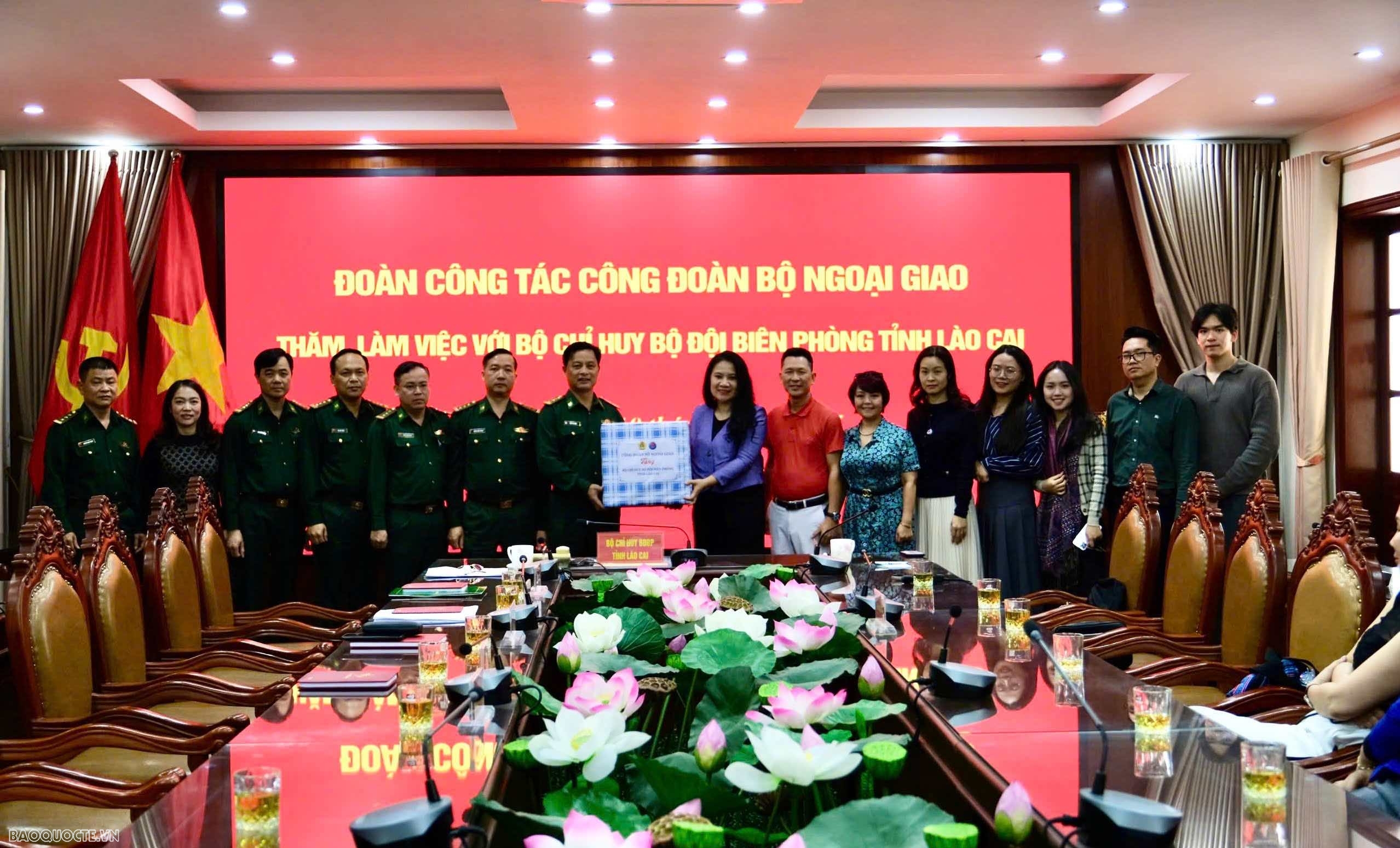
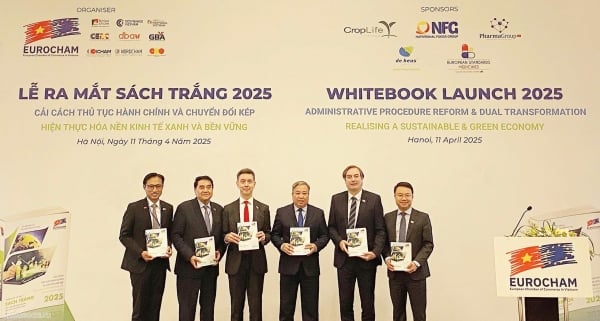
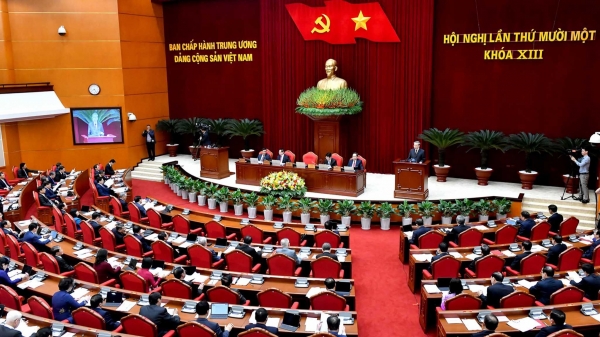


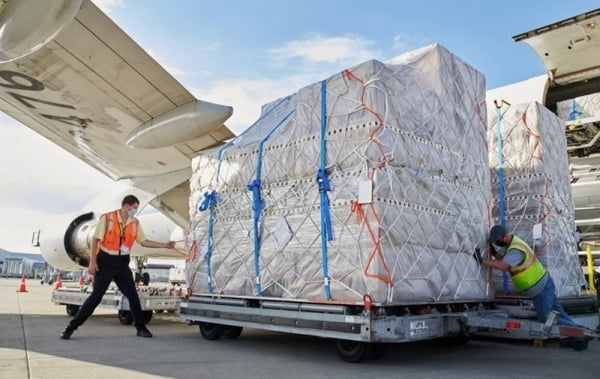





![[Photo] "Beauties" participate in the parade rehearsal at Bien Hoa airport](https://vstatic.vietnam.vn/vietnam/resource/IMAGE/2025/4/11/155502af3384431e918de0e2e585d13a)































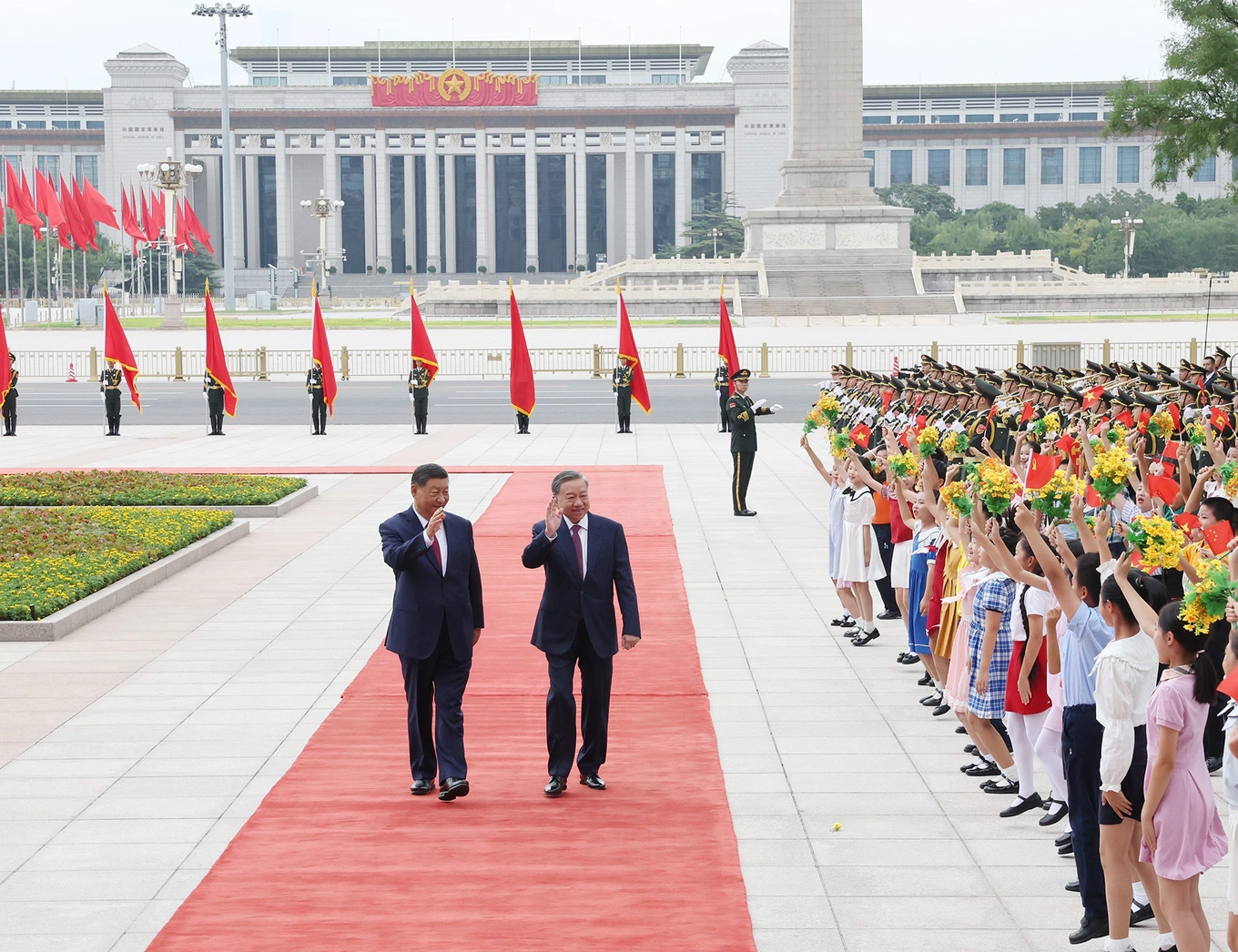


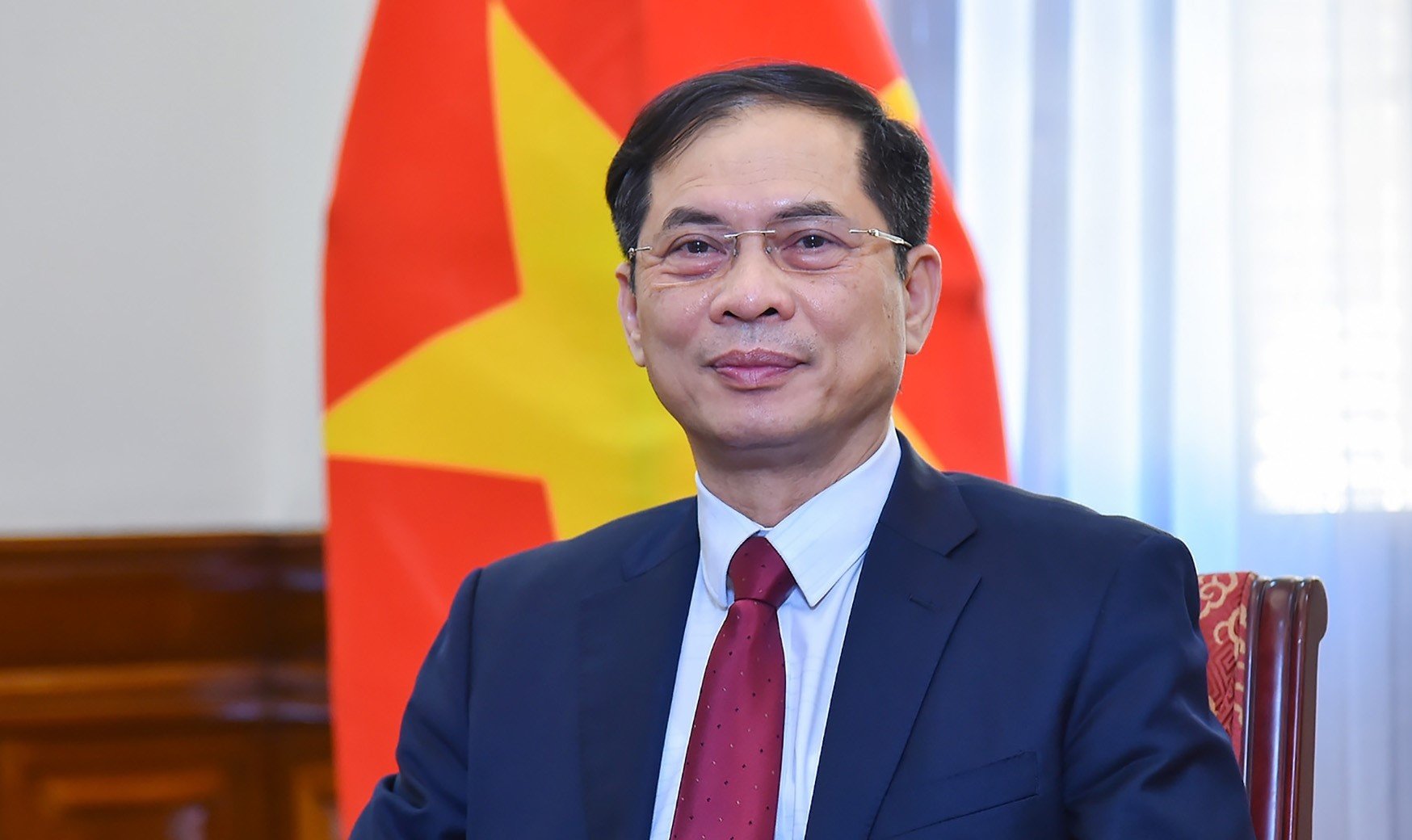




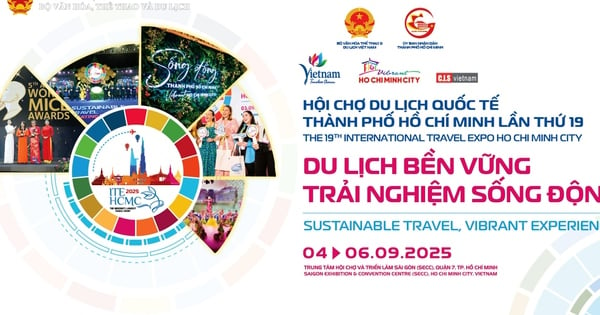
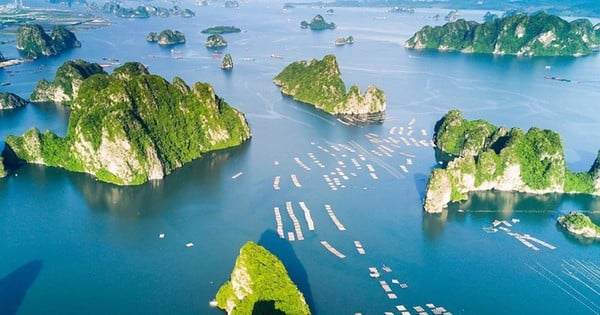



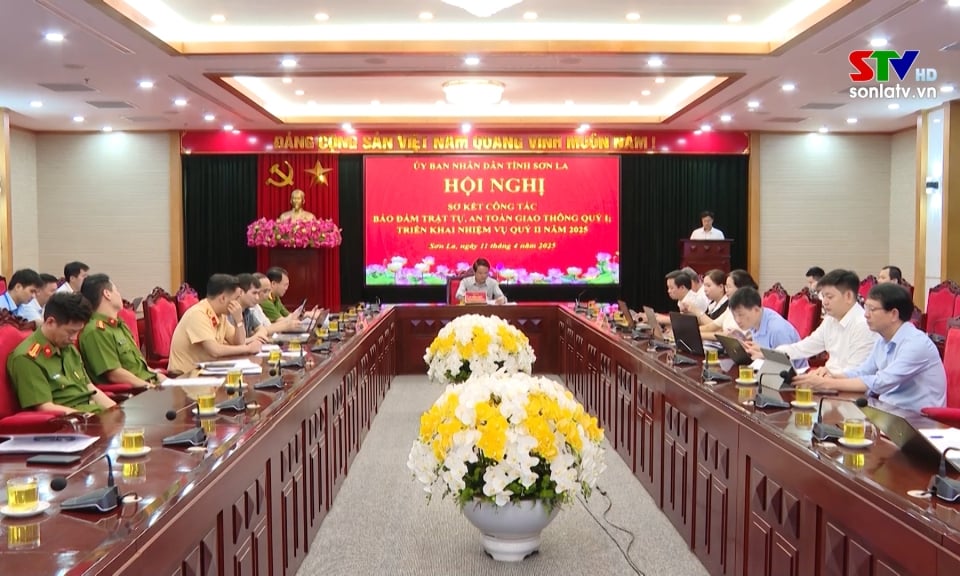
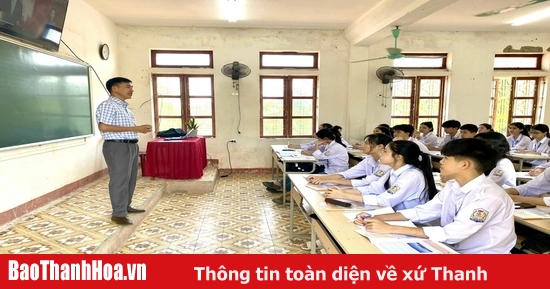

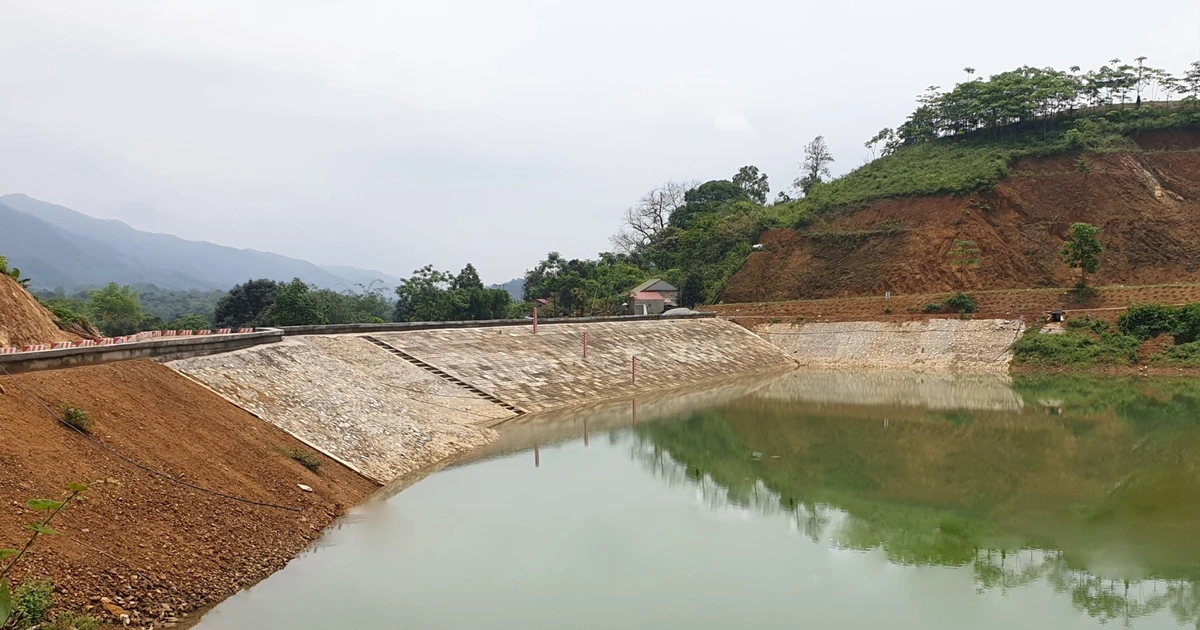

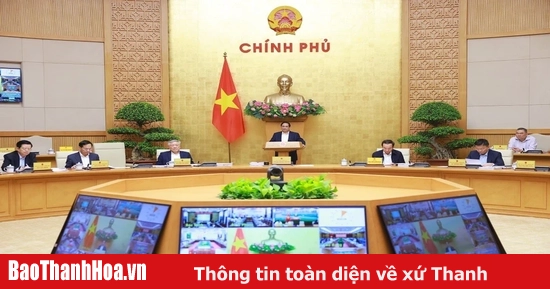
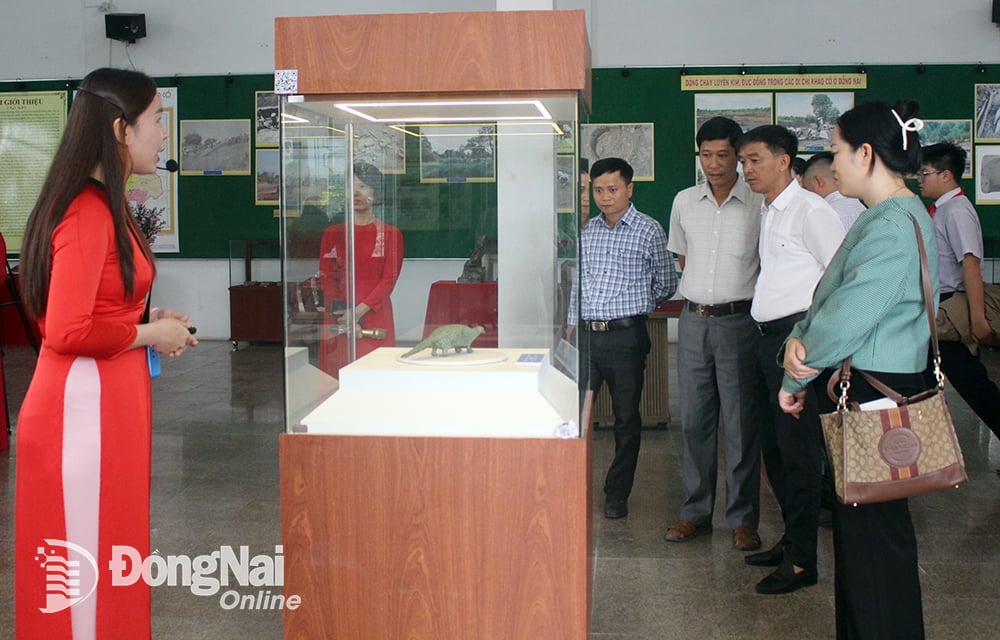

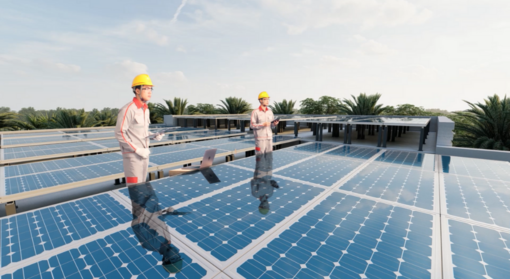










Comment (0)